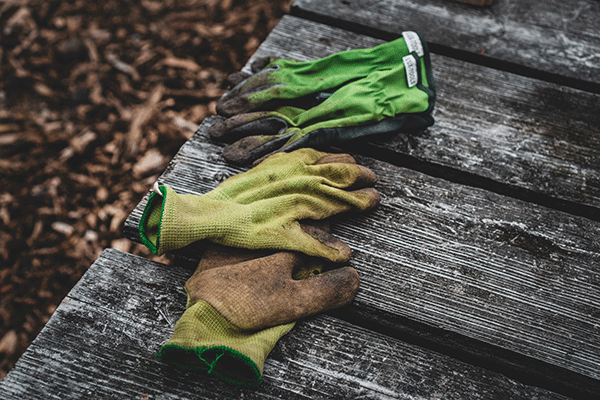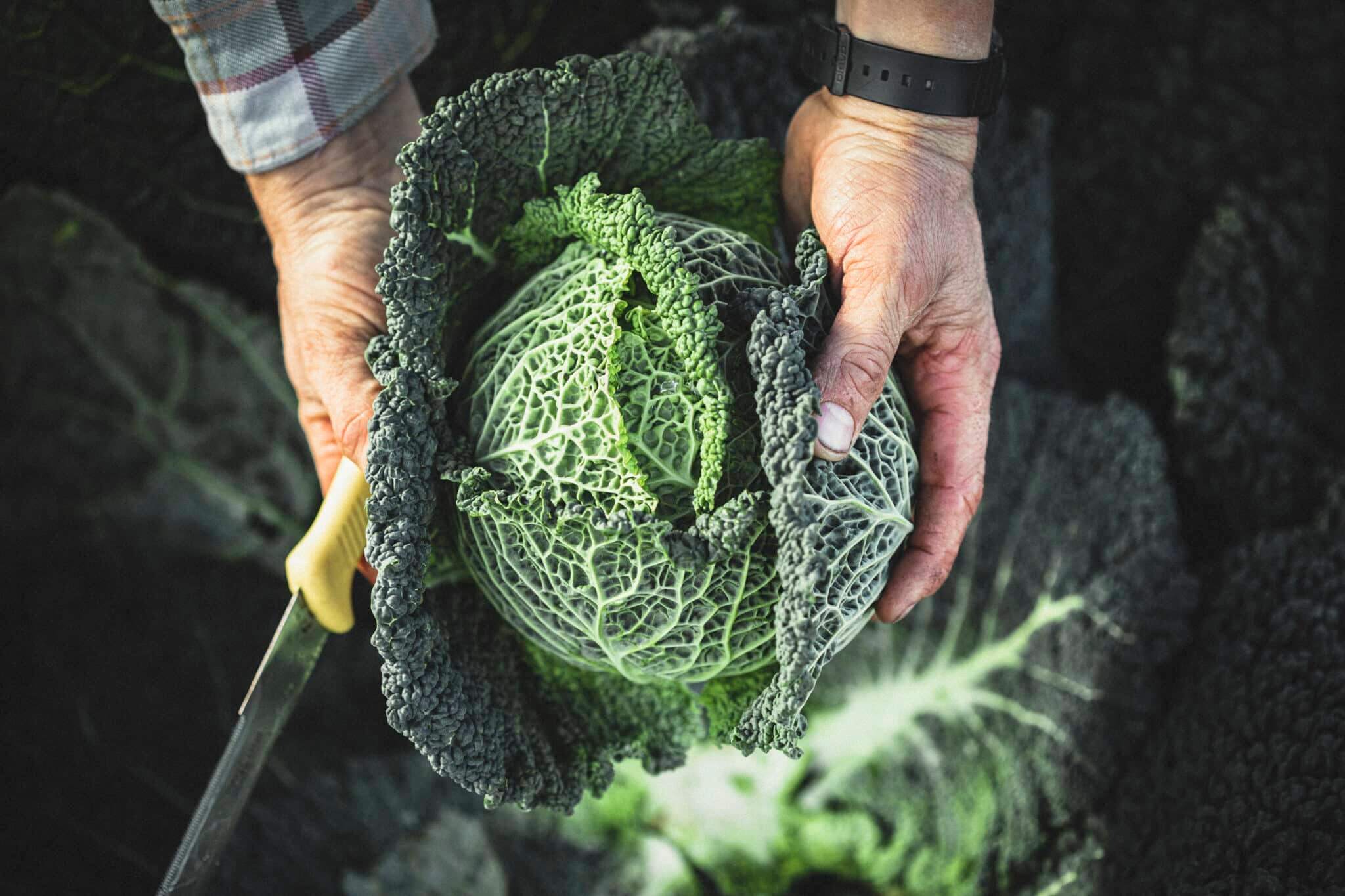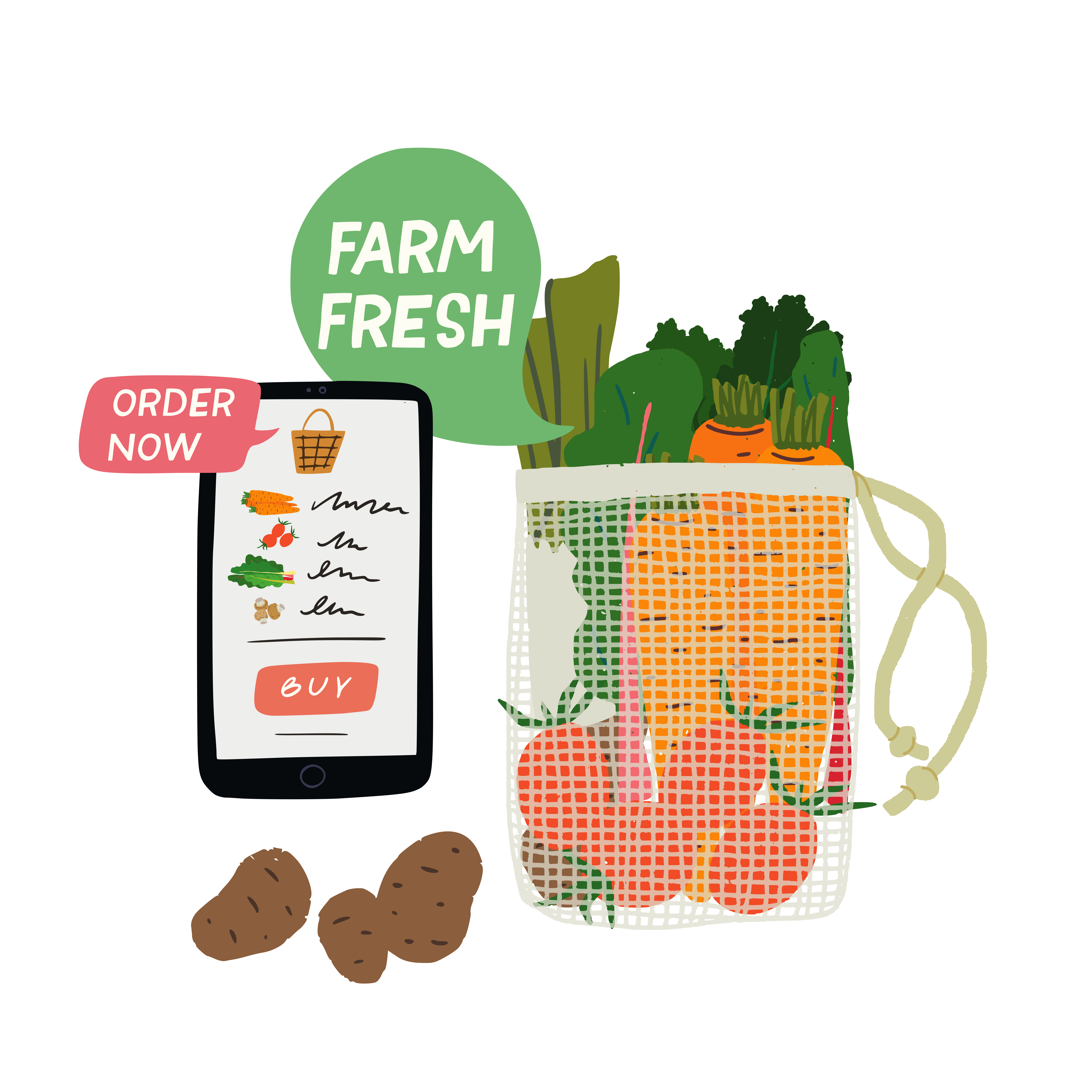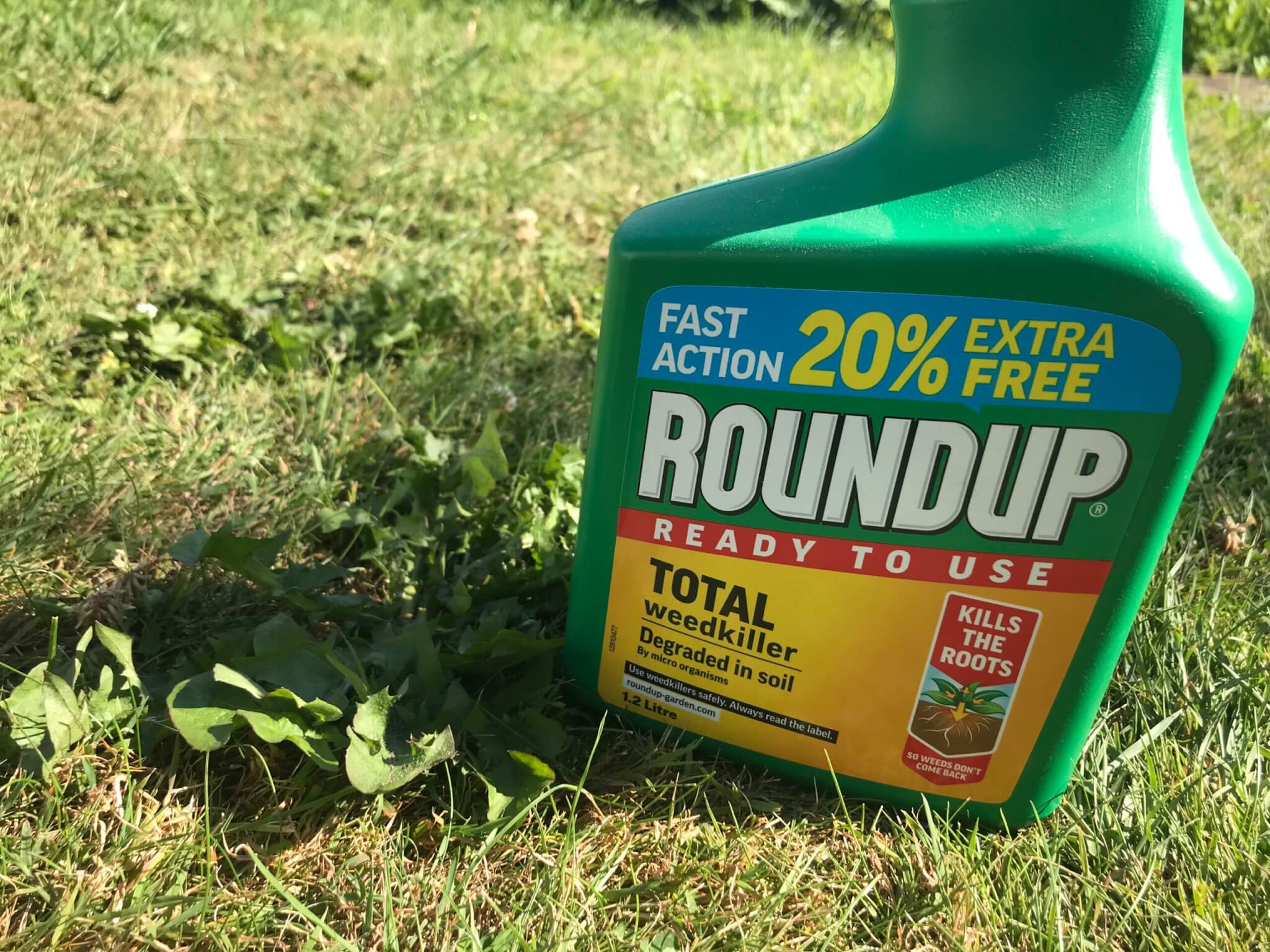Are you a lists person? I start everyday with one. And right now, the ‘What to do in the garden’ list is growing by the minute. As buds unfurl, sun warms the soil, and birds sing, I’m keen to get going.
Here are just some of my To Do’s:
Add mulch. This is definitely top of the list. Mulch is that gorgeous thick layer of homemade compost laid on top of the soil. It will not only add bulk to my thin soil but also help it hold moisture (and if you grow on clay, conversely it will help break down your dense sticky soil.) And a healthy mulch will feed the soil life. Worms and microbes digest the compost, miraculously converting it into nutrients for the plant roots. No wonder they call it muck and magic.
Clear out compost heap. This satisfying job goes hand in hand with my first task. There always seems to be a layer of veg cuttings, leaves, cardboard and straw on top of the heap which haven’t yet rotted down. I fork this onto a new bay, so it forms the base of a fresh heap. Now I can get at the dark, rich crumbly well-rotted compost which I use as a mulch. If you have a plastic dalek type bin, you can do the same – tip the whole thing up, and sort the rotted from the half rotted, replacing the latter back into the bin.
Pricking out seedlings. I was busy sowing indoors in March – tomatoes, onions, aubergines – plus plenty of bright flowered annuals to support the insect life. They are now ready to move into individual pots with a more nutrient-rich potting compost – I like to think of it as my plant babies moving from nursery to primary school.

How do you know when they are ready to prick out? Look for that first ‘true’ leaf. It is different from the initial couple of seedling leaves, and has the distinct pattern of the mature plant’s leaves. I fill the bottom third of each individual pot with a peat-free potting mix, then I gently scoop the whole seedling out (using a small knife to dig well under the roots) and – holding the tiny plant by the leaf, never the tender root – I carefully place it into the new pot and fill with more potting compost.
Don’t press down too firmly, you can damage the tiny roots. But water in well to settle the compost round the plant. This is the perfect job under cover when you’re sheltering from rainy April showers.
Weeding. Yes, it’s time to think about weeds already, after winter’s dormancy. I’m not a clean-bed weed-free fanatic – I like to leave some plants which will flower early, helping pollinators as they emerge. So a few dandelions will be smiling brightly; I have a patch of stinging nettles (their young growth makes fab soup); and who can bear to pull up a cheery speedwell?
Weeds can have their place in the growing area, it’s just a matter of keeping on top of them, and showing who is master. My main aim is to keep clear the area where I will be planting and sowing next month. Oh, and weed foliage is an excellent addition to the compost heap.

Top dress herb pots. I have a cluster of herbs in pots outside the back door. Parsley, sage, rosemary and thyme (now I’m humming along with Simon and Garfunkel!). I need to scrape off the top 10cms of soil and replace with a nutrient rich, peat-free potting compost. Then top with fresh gravel. Now they’re looking good and ready to put on growth.
Grass cutting. I’m mowing paths through my lawn, which leaves some areas of long grass for insects to shelter in. And the cuttings go on – yes, you guessed it – your new compost heap.
There’s so much more to do. Clearing round my fruit bushes, checking for woolly aphids on the apple trees, digging out fleece from a box in the potting shed ready to protect young growth if frost is forecasted, keeping on top of watering in the greenhouse, feeding houseplants, putting mulch under my hedges, checking netting over the winter brassicas is still pigeon resistant – the list grows as the month goes by.
Every task is a celebration of spring and full of gardening promise.
The Grow Your Own Wicked Leeks series is written by Garden Organic, the national charity for organic growing. Each month we bring you timely advice on what to do in your organic patch, whether you’re an experienced grower or just starting out. Share your own tips and gardening photos on social media under #GYOWickedLeeks.













I’m sharing this to my gardening group!